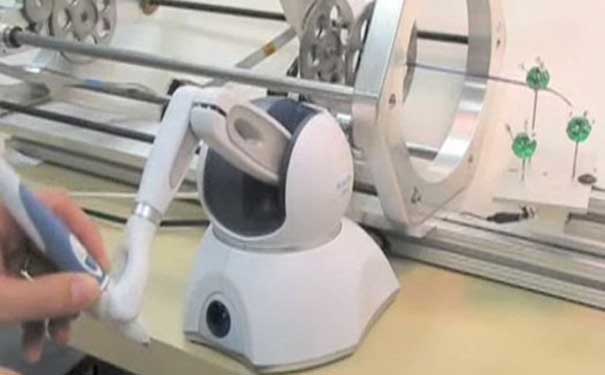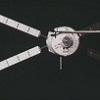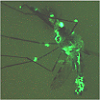So-called keyhole surgery techniques have come a long way in recent decades, but a lack of dexterity and freedom of movement means sometimes surgeons can’t get the job done, and that means they have to go in the old fashioned way: Straight through the breastbone. But a new shape-shifting robot gives cardiac surgeons the tools and range of motions they need to perform more complex tasks with minimally invasive openings, potentially removing the need for open heart surgery for a variety of procedures.
Keyhole surgery - using long, flexible rods to enter the body through veins in the leg or neck and snaking them all the way to the heart - has reduced the need for open heart surgery in a variety of cases. But the instruments used are generally either very stiff, reducing their ability to follow the body's curvatures, or so flexible that they cannot be used to apply adequate force to the tissue.
But Boston University researchers have devised a new concentric tube bot that telescopes like an old wireless phone antenna. Each of the three nickel alloy concentric tubes extends and twists from the preceding one, allowing for both rigidity and flexibility at different points in the procedure and enabling the device to take various shapes as it elongates.
The doctor selects the path he needs to take beforehand and customizes the tube combination for the job at hand, so the first section might be more rigid for insertion, the second more flexible for navigating a curve, and the last rigid again for performing the procedure. Each tube can rotate independently, powered by small electric motors. The tip is also more dexterous, with improved three-dimensional range of motion and a versatile head that can be outfitted with numerous tools for cutting, cauterizing, etc.
The surgeon controls the robot via a special joystick-like peripheral that is aided by software that helps the doctor plan and execute the procedure. The robot has already successfully plugged holes in pig hearts, and the team hopes to bring it into regular practice if they can clear regulatory hurdles, not least of which will be proving that the software won’t cause a potentially fatal mistake. But if approved, the device could markedly extend the scope of procedures possible with minimally invasive surgeries.






